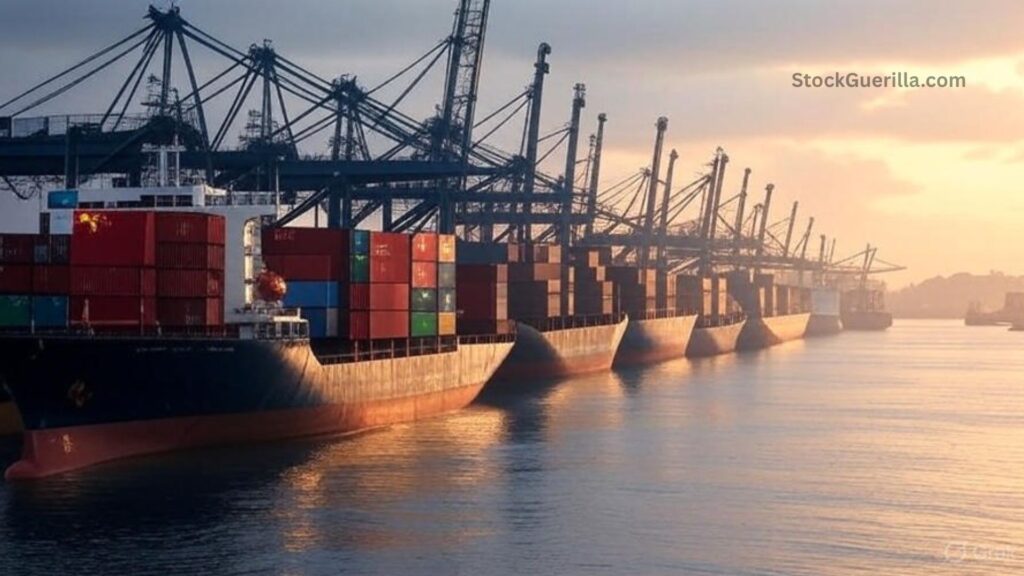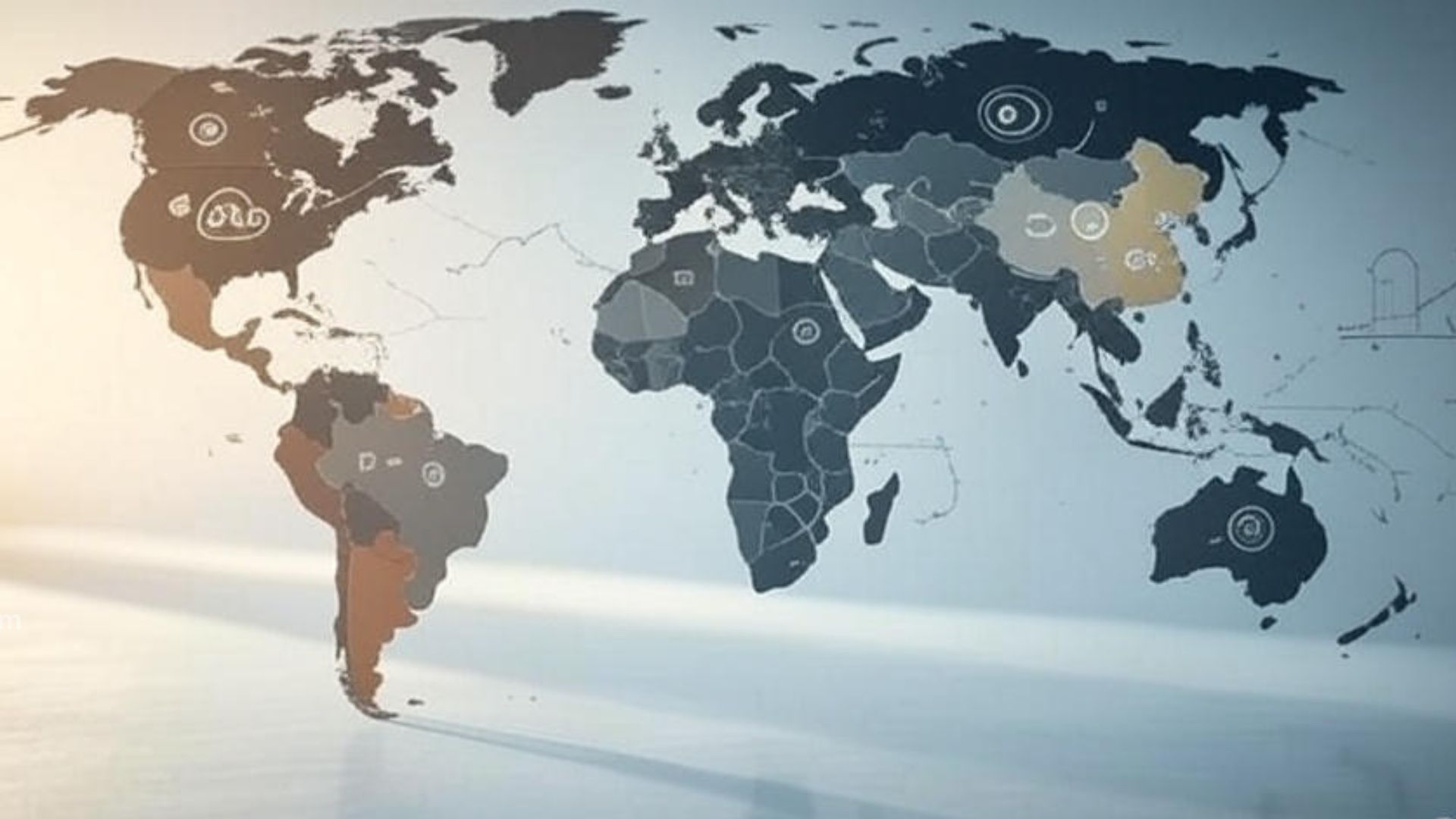What is the Outlook for Emerging Markets in the Current Year?
Once again, emerging markets are being put to the test. The U.S. government’s “America First” approach and unpredictable policies have created a lot of global uncertainty. This has made investors and businesses more cautious, slowed down global growth, pushed down oil and commodity prices, and caused financial market ups and downs. Still, emerging markets are showing resilience and refusing to be dragged down by geopolitical tensions.
The Cost of Uncertainty
Ongoing policy changes, global conflicts, and new tariffs are shaking up the world economy. As a result, experts are lowering their global growth forecasts—especially for the U.S.

We expect emerging markets to grow around 3.7% in 2025, a bit below the 4% average from the past 10 years, but still more than double the growth rate of advanced economies. If U.S. tariffs are just a short-term issue, inflation in emerging markets could drop to 5% in 2025, down from 8% in 2024. However, this is still above most central banks’ target of 2%. Some countries, like Bolivia, Ghana, and Turkey, are still struggling with double-digit inflation. Meanwhile, China’s inflation has been flat at 0% for two years and is expected to stay that way.
In the U.S., a full recession now seems less likely, thanks to easing tariff tensions. If the tariff truce with China continues, China’s economy could grow by 4.3% in 2025. But the long-term effects of all this uncertainty are starting to add up. Tariffs might remain higher than before, and the U.S.’s fiscal outlook is raising concerns. Moody’s even downgraded the U.S.’s top credit rating—a sign that things could get rocky.
Emerging markets, already dealing with debt and limited government support after COVID, now urgently need reliable foreign investment. Private capital will be key to keep these economies moving forward—especially toward a more sustainable future.
Also Read: How does Inflation Affect Different Asset Classes?

How Tariffs Are Affecting Emerging Markets
The effects of U.S. tariffs vary depending on the region.

Direct Effects:
Tariffs hit a century-high on April 2 (“Liberation Day”), starting with a base 10% rate and more country-specific hikes after that. While some retaliation happened, most countries kept it measured, and talks for lower tariffs are in progress.
China responded with a 125% tariff on U.S. goods. The U.S. hit back with a 145% tariff on all Chinese imports. These were eventually reduced to 30%, and this temporary peace, lasting until August 10, 2025, helped calm financial markets.
Here’s how different regions are affected:
- Africa: Exports to the U.S. make up only about 1% of global trade, with most African countries sending less than 1% of their GDP to the U.S.
- Eastern Europe (like Poland and Romania): These countries have closer U.S. ties but still rely more on Western Europe.
- Latin America: Especially Mexico, is deeply linked to U.S. trade, with exports making up 27% of GDP. U.S. tariffs have hit Mexico’s manufacturing sector hard.
- Asia: Countries like Vietnam are highly exposed, with 30% of GDP coming from exports to the U.S. China has shifted trade toward other emerging markets since 2016. India is more closed off and less affected directly.
Also Read: How to Use Stock Screeners to Identify Investment Opportunities?

Indirect Effects:
The bigger concern might be global supply chains. Higher costs for parts can lead to pricier final products, which may hurt demand. And the fear of more tariffs or retaliation can make companies hesitant to invest or expand.
Signs of Recovery in Emerging Markets
Things are looking up now that U.S. tariffs have been scaled back. Investors are gaining confidence, bond spreads are narrowing, and emerging market currencies are more stable. Business surveys are also starting to show more optimism in some of these countries.

Several reasons explain this rebound:
- Government spending is helping support strong domestic demand in places like India, Brazil, and China.
- Some low-income countries are shielded from U.S. developments due to weak trade ties.
- Exports were rushed out early to beat tariff deadlines, giving a temporary boost.
- Central banks have been managing exchange rates through foreign currency interventions—though this can’t last forever.
- A weaker U.S. dollar is helping emerging markets pay off debt in dollars.
- Other major economies (like the EU, UK, and China) are trying to diversify supply chains, creating new trade opportunities..
Also Read: What are the Top Dividend-Paying Stocks this Quarter?

Adapting to a Changing World
The U.S.’s new trade approach comes with short-term pain for emerging markets—but most are managing for now. If the uncertainty drags on, though, it could hurt growth by scaring off investment, reducing jobs, and slowing economies.
Countries are not standing still. Some still have room in their budgets to act, while others need to cut deficits, build reserves, and attract private investment. For many, that private funding isn’t just helpful—it’s essential for long-term growth in this new global landscape. The quicker they act, the better chance they have of avoiding a deeper debt crisis and creating a more stable future for everyone.




Post Comment